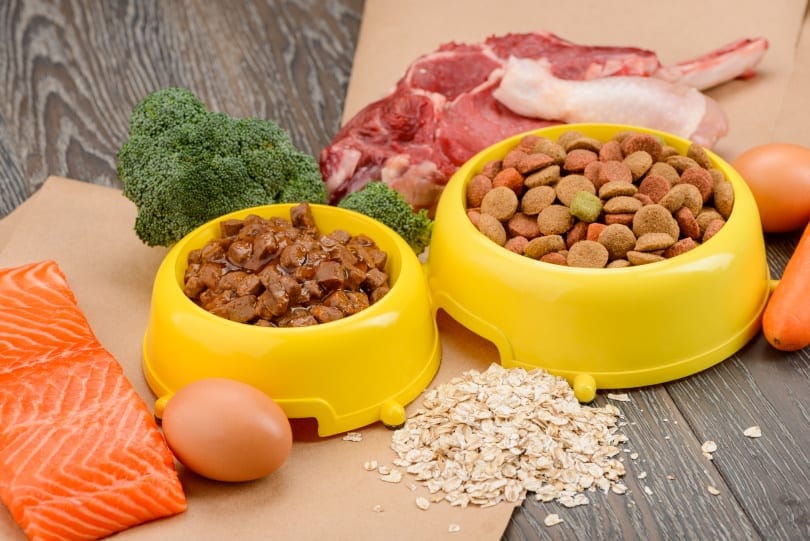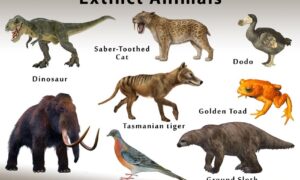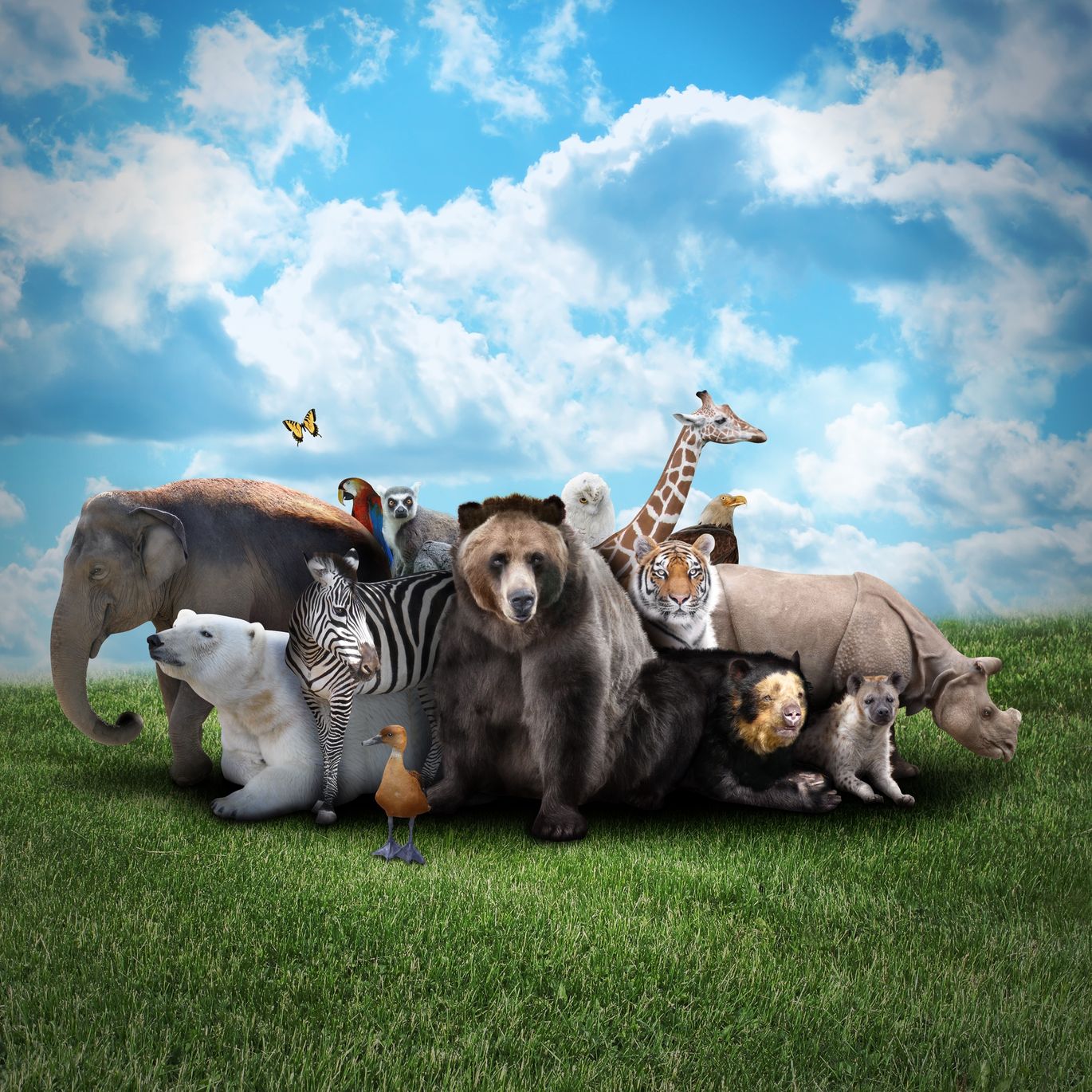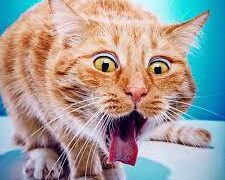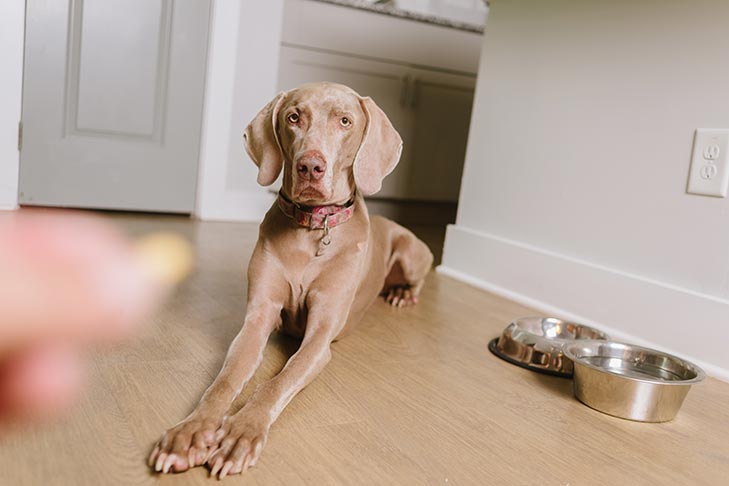Dry vs Wet Cat Food: A Comprehensive Comparison
When it comes to keeping our feline companions healthy and happy, choosing the right cat food is of utmost importance. With a plethora of options available, it can be overwhelming to decide between dry and wet cat food. In this article,we will provide you with a comprehensive comparison of the two types to help you make an informed decision for your furry friend.
1. Introduction
Cats have unique dietary needs, and providing them with a balanced diet is crucial for their overall well-being. Dry and wet cat food are two primary options available in the market, each with its own set of advantages and considerations. Understanding the differences between them will enable you to make a choice that suits your cat’s specific requirements.
2. Dry Cat Food
Dry cat food, also known as kibble, is a popular choice among cat owners. It is characterized by its crunchy texture and typically comes in the form of small, bite-sized pieces. Dry cat food offers several benefits, including convenience and affordability. It can be left out for extended periods without spoiling, making it a practical option for busy pet owners. However, it is important to note that not all dry cat foods are created equal.
Dry cat food often contains a higher concentration of carbohydrates, which can be a concern for cats with certain dietary restrictions, such as diabetes or obesity. However, many brands now offer specialized formulas that cater to specific dietary needs, including grain-free options. Reading the ingredient list and consulting with a veterinarian can help you identify a high-quality dry cat food that meets your cat’s nutritional requirements.
3. Wet Cat Food
Wet cat food, also referred to as canned cat food, is another popular choice for feline nutrition. It is characterized by its high moisture content and soft texture. Wet cat food provides several advantages over dry cat food, especially in terms of hydration and palatability. The increased moisture content helps promote proper kidney function and can be beneficial for cats prone to urinary tract issues.
Additionally, wet cat food often contains a higher proportion of animal protein, which is essential for cats as obligate carnivores. However, it is important to consider that wet cat food can be more expensive and has a shorter shelf life once opened. It requires refrigeration to prevent spoilage, and uneaten portions should be discarded within a day or two.
4. Key Differences Between Dry and Wet Cat Food
While both types of cat food aim to provide essential nutrients, there are significant differences that you should consider when making a choice for your cat.
- Texture and Moisture Content: Dry cat food is crunchy and lacks the moisture found in wet cat food. This difference in texture can impact your cat’s preference and chewing habits.
- Shelf Life and Convenience: Dry cat food has a longer shelf life and can be left out for longer periods without spoiling. On the other hand, wet cat food requires refrigeration and needs to be consumed or discarded within a day or two.
- Nutritional Value and Digestibility: Wet cat food often contains higher levels of animal protein, while dry cat food may have more carbohydrates. Cats have low thirst drives, and the moisture content in wet cat food can help with hydration.
- Dental Health and Hydration: Dry cat food is often marketed as beneficial for dental health as the crunchy texture can help reduce tartar buildup. However, wet cat food’s moisture content can contribute to overall hydration, which is crucial for cats prone to urinary tract issues.
5. Choosing the Right Cat Food
Choosing the right cat food requires careful consideration of your cat’s individual needs. It is essential to understand their dietary requirements, consult with a veterinarian, and consider budget and lifestyle factors. Factors such as age, activity level, underlying health conditions, and personal preferences should be taken into account when selecting cat food.
6. Conclusion
In conclusion, the choice between dry and wet cat food depends on various factors, including your cat’s preferences and specific dietary requirements. Both options have their own advantages and considerations. By understanding the differences and evaluating your cat’s needs, you can make an informed decision that promotes their health and happiness.
FAQs
- Is wet cat food better than dry cat food?
- The choice between wet and dry cat food depends on your cat’s individual needs. Wet cat food provides higher moisture content and can be beneficial for hydration, while dry cat food offers convenience and may help with dental health.
- Can I mix dry and wet cat food together?
- Yes, you can mix dry and wet cat food together. It can provide variety and cater to your cat’s preferences. However, it is essential to maintain the appropriate balance and portion sizes for a balanced diet.
- How often should I feed my cat wet food?
- The frequency of feeding wet cat food depends on your cat’s age, weight, and dietary requirements. Consulting with a veterinarian can help determine the optimal feeding schedule for your cat.
- What are the common ingredients in dry cat food?
- Dry cat food typically contains a combination of animal proteins, carbohydrates, fats, vitamins, and minerals. Common ingredients include chicken, fish, grains, and vegetables.
- How do I transition my cat from dry to wet food?
- When transitioning your cat from dry to wet food, it is best to do it gradually over a week or two. Start by mixing small amounts of wet food into the dry food and gradually increase the proportion of wet food while decreasing the dry food until your cat is solely on wet food.
Read More:What You Need to Know About Cat Nutrition

